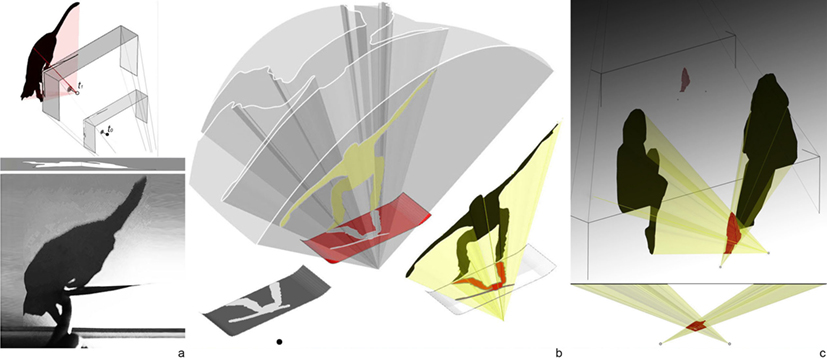
Shadow Street Art: from walls to streets between projection and invention
Abstract
This paper aims to explore shadow in Street Art by collecting and testing shadow street artworks as main tools to investigate interaction between man, urban environment and social identy as psychogeographic manifestation. Psychogeography, introduced by Debord in the 1950s, studies correlations be-tween psyche and environment, challenging classical geography and supporting the creative re-definition of urban space. According to these premises, Shadow Street Art can be considered as an alternative form of Street Art thanks to the strong psycho-environmental dimension and involvement generated by exclusively monochrome, colorless graffiti and sudden, evanescent projections. Furthermore, the main goal of street artists who work with real shadows is to design 4D works: time is the main parameter to control the whole process. Parametric-generative digital tools allow to simulate dynamic projective process and perspective anamorphic transformation of shadows on walls, streets or squares according to specific environmental (geographical, temporal parameters) and technical (light design) parameters. From projection to invention, the aim of this contribution is to decline Shadow Street Art trough artifacts in which shadow is both an artistic expression, a narrative tool and a research object, providing references to inspire new creative works for non-invasive enhancement of urban places and buildings.
Keywords
Full Text:
PDFRefbacks
- There are currently no refbacks.
Copyright (c) 2020 Emanuela Lanzara
DISEGNARECON
ISSN 1828 5961
Registration at L'Aquila Law Court no 3/15 on 29th June, 2015.
Indexed in SCOPUS. Diamond Open Access. All papers are subjected to double blind peer review system by qualified reviewers.
Journal founded by Roberto Mingucci
